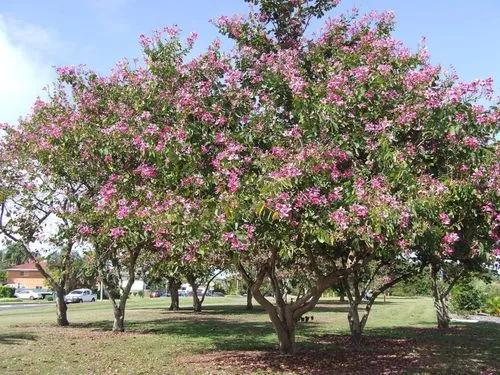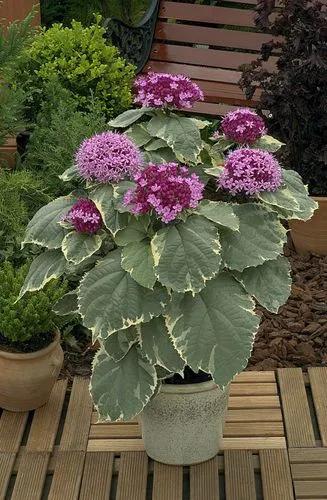This deciduous plant usually grows as a multi-stemmed shrub, sometimes reaching a height of 8 m, and sometimes as a small tree up to 12 m tall. Due to its ability to vegetatively reproduce, this maple often forms dense thickets: if a branch touches the soil, it often takes root, forming a new plant. Root shoots are also formed. This maple rarely reproduces by seeds. In open, sunny places, it grows upright, in the shade of other trees, it leans to the ground. Thin branches have a smooth light greenish to reddish bark, often whitish and slightly sticky. Later, the bark turns brown.
Maple Curled Care
Acer Circinatum



Opposing leaves have petioles 2.5 to 3.5 cm long. The leaf blade is simple, palmate, the number of lobes is from 7 to 9, the width is from 3 to 12 cm, and slightly cordate at the base. The edges of the leaves are unevenly two-serrate. The underside of the leaves is pubescent along the entire plane, and on the light green upper side there are only hairs (trichomes) along the veins. Autumn color of leaves in sunny places from golden yellow to bright carmine red. blooms in April-May. At the ends of the branches there are from 6 to 10 flowers in bare inflorescences, occasionally up to 20 flowers. The sepals are purple or red. White petals 0.6 to 1.2 cm wide are smaller than sepals. Curled maple fruits Fruits ripening in autumn look like paired lionfish. The wings are interconnected at an angle of about 180 °. The winglet, together with the nut, is about 2 cm long. At first, the green fruits turn reddish-brown in autumn and are spread by the wind. Seeds germinate in spring.
How to Care for the Plant

Popularity

262 people already have this plant 10 people have added this plant to their wishlists
Discover more plants with the list below
Popular articles






